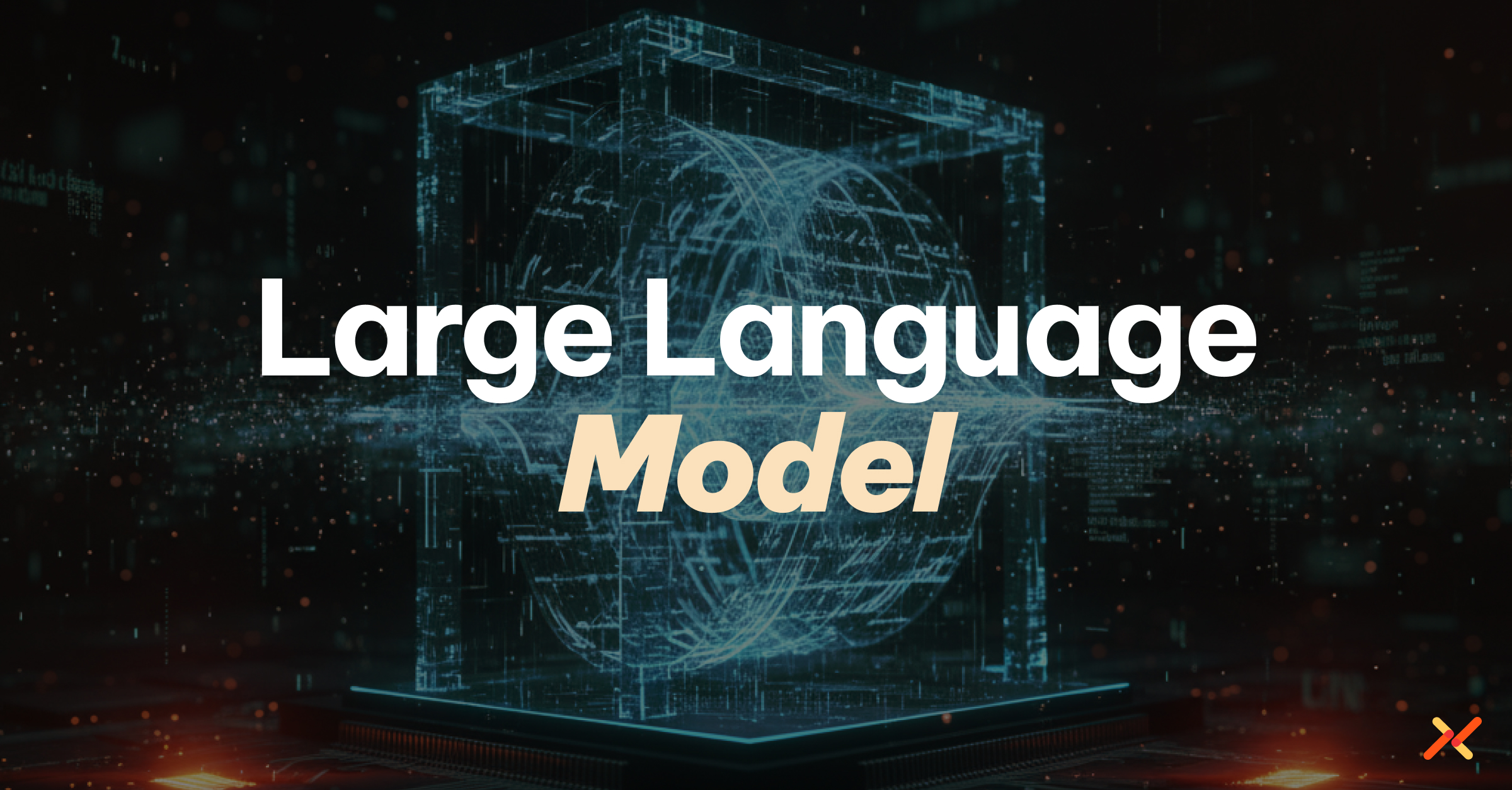A Large Language Model (LLM) is a deep learning system trained on vast text datasets to understand and generate human-like language. LLMs power modern generative AI applications, enabling tasks such as code generation, summarization, reasoning, and autonomous decision-making through natural language interfaces.
How It Manifests Technically
LLMs are built on transformer architectures with billions or trillions of parameters that capture linguistic and contextual relationships. In practice:
- LLMs are deployed as inference endpoints, accessible via APIs (e.g., OpenAI, Anthropic, Google Gemini) or hosted privately within enterprises.
- Applications and agents interact with LLMs through prompt–response cycles, often enhanced with retrieval-augmented generation (RAG), external tool calls, or Model Context Protocol (MCP) integrations.
- These models often operate as non-human workloads, requiring secure, authenticated access to cloud APIs, internal data sources, and other enterprise systems.
- Each invocation or response may involve sensitive business data, making authentication, authorization, and audit critical for compliance.
Why This Matters for Modern Enterprises
LLMs are rapidly becoming core components of enterprise automation, powering AI assistants, customer service bots, code copilots, and analytics systems. For organizations, this means:
- Enormous productivity gains through AI-augmented workflows.
- New risk boundaries, where sensitive data and decisions move through external APIs.
- The need for identity and access governance that ensures every LLM request and response is tied to a verifiable workload or agent.
Without consistent identity assurance, LLM integrations risk becoming blind spots in enterprise security, especially as agentic systems gain autonomy.
Common Challenges with Large Language Models (LLMs)
- Authentication of AI callers: Verifying which workload or agent is invoking an LLM API to ensure only authorized, attested processes can access sensitive or external models.
- Static API keys: Most LLM APIs rely on long-lived tokens, which are difficult to rotate, audit, or scope.
- Prompt leakage: Sensitive context can unintentionally be exposed in prompts or completions.
- Over-permissioned integrations: Developers often embed unrestricted model credentials in code.
- Lack of traceability: Without unified logging, enterprises can’t determine which system initiated a specific prompt or generated a risky output.
How Aembit Helps
Aembit secures enterprise interactions with LLMs by treating both the model API and the calling workload as first-class, verifiable identities within its Workload Identity and Access Management (Workload IAM) framework.
- It replaces static LLM API keys with short-lived, scoped credentials or secretless authentication, eliminating key sprawl and reducing attack surfaces.
- It authenticates the workload or AI agent invoking the LLM via attestation and trusted runtime validation before access is granted.
- Policy controls define which workloads can access which models and under what posture or environment.
- Every model call is logged with full identity and context, creating audit-ready trails for compliance, risk management, and incident response.
- This ensures that interactions with OpenAI, Anthropic, Google Gemini, or any private LLM endpoint are trusted, governed, and aligned with enterprise security standards.
In short: Aembit enables enterprises to use LLMs securely by governing how workloads, agents, and models interact, bringing Zero Trust and auditability to the heart of AI adoption.
Related Reading
FAQ
You Have Questions?
We Have Answers.
How do enterprises choose the “right” LLM for their use case?
Organizations typically evaluate LLMs based on factors like performance (accuracy, fluency, latency), model size (parameter count and compute footprint), cost (inference/training compute and operational resources), license or deployment model (API vs self-host), and how well the model supports enterprise needs such as fine-tuning, data privacy, and governance.
What specific security and governance risks do LLMs introduce in enterprise settings?
Key risks include: using static API keys or tokens for model access (leading to credential sprawl), leakage of sensitive context in prompts or completions (prompt leakage), opaque model decision-making making auditability difficult, and the possibility of uncontrolled access or actions if the LLM is integrated with internal systems without proper identity- and access-controls. These risks mean enterprises must treat LLM invocations as authenticated workload operations.
Can enterprises run LLMs on-premises or must they always use cloud-based APIs?
While many LLMs today are accessed via cloud APIs (e.g., from providers like OpenAI or Anthropic), enterprises increasingly consider on-premises or private-cloud deployments when they require tighter data governance, lower latency, regulatory controls, or workload identity integration. The choice depends on data sensitivity, deployment control requirements, cost and infrastructure readiness.
How should enterprises monitor and manage LLM usage to maintain auditability and control?
Enterprises should log every LLM invocation with details of: the calling workload or agent identity, the specific model used (and version), the prompt/context passed in, the data accessed or mutated, and the result/response. Additionally, access to the model should be governed by least-privilege policies (which workloads can call which models under what conditions). Monitoring should include usage patterns, prompt leakage risks, and drift or misuse of models.

